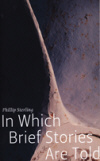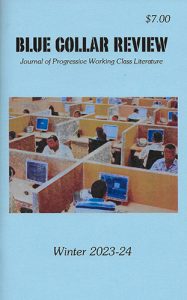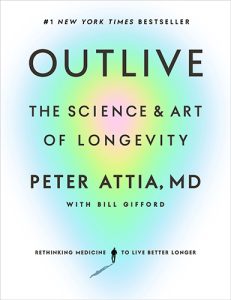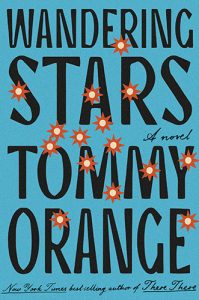In Which Brief Stories Are Told
Titling a collection of short stories In Which Brief Stories Are Told may seem rather obvious, but Phillip Sterling’s tales of loss, detachment, and mystery reveal the complications inherent in narrative and character, and call into question the relationship between narrator and audience. Throughout, he brings to life characters we ordinarily might not give a second glance: bystanders and passers-by who, like the reader, catch only glimpses of the greater plot in which they play a role.
Titling a collection of short stories In Which Brief Stories Are Told may seem rather obvious, but Phillip Sterling’s tales of loss, detachment, and mystery reveal the complications inherent in narrative and character, and call into question the relationship between narrator and audience. Throughout, he brings to life characters we ordinarily might not give a second glance: bystanders and passers-by who, like the reader, catch only glimpses of the greater plot in which they play a role.
Sterling likes to come at a story from oblique angles, lending an air of displacement to the telling. The title of the opening piece, “One Version of the Story,” sums up his approach, describing what appears to have been a hit-and-run accident through the eyes of not the perpetrator or victim, but the used car salesman:
As he told his story, I began to feel cold, like when Bob turns on the air conditioning too early in the spring. I first wondered if it was the coffee—I’d been drinking more than usual that week—or if it was because I hadn’t had enough for breakfast. But then I realized it wasn’t my stomach. It seemed to be coming from a place in my body that I didn’t know was there. A feeling I’d never felt before. A feeling of disbelief, perhaps. Or uncertainty.
He takes a similar approach in “What We Don’t Know,” in which the mystery of a man crying alone in his truck at an all-night gas station leads us into the lives of those who gather cautiously around him. It’s almost a sleight-of-hand; Sterling presents us with a puzzle—why is the man crying?—and then guides us into a different narrative altogether, leaving us satisfied that this is where we wanted to be all along:
There is nothing uglier than a crying man, it seems to me. It’s disgusting. There’s little that compares to the sloppy, grotesque effrontery of male tears. Even at my worse, in fact, even shortly after the accident, when I looked at myself in the mirror for the first time, and I knew that my life as I’d known it was over, that I would from that moment on be a figure of darkness and shadows, of third-shift employment and post-midnight shopping at twenty-four-hour Walmarts—even then, when I looked more hideous than any person deserved to look, I still would have won a beauty contest among crying men.
Many of the stories play not only with perspective, but also with time, sometimes leaping years ahead to reveal the tale’s outcome and then returning to study the character caught in the moment like a bug in amber, and at other times drifting backwards into hazy memories of lost years to seek answers for how we arrived where we are. In “The Small Bridge,” the author lets us in on the game, approaching a story of love, marriage, and loss, in an academic tone. “Let’s call him Will,” he writes, introducing the characters:
In opposition, as the framing of our narrative requires, the young woman standing beyond the small bridge shall be named Joy, apropos of her mother’s exclamation upon the announcement at birth of the child’s gender.
Even here, however, where we travel back and forth from the initial meeting of the two characters to brief episodes in their future engagement, marriage, and the birth of their child, Sterling reserves omniscience for himself, obscuring events which will eventually tear the two apart. It unbalances the reader, who has taken on the role of detached, all-knowing observer only to be left in the dark along with the characters themselves.
Sterling explores his fascination with malleability of time in its most extreme form in my favorite piece, “Within an Inch of the Burnish Knob,” which dissects a split second of time, a moment of hesitation as a hand reaches for a doorknob, offering either history or possibility—what could be or what could have been, it’s not always clear:
He wants to reach and turn the knob and face the unknown, or he wants to turn away, it’s no good, it’s too late, nothing else can be done […] Hesitation is all he’s capable of. Or he’s not capable of hesitation. And he hasn’t hesitated at all, only his hand has hesitated when the groceries slipped as he was about to.
The author’s awareness of the complexity of lives modestly lived allows him to create fully realized characters within the confines of his brief stories and leads his readers toward the fleeting glimpses of truth which flicker through our own lives.





